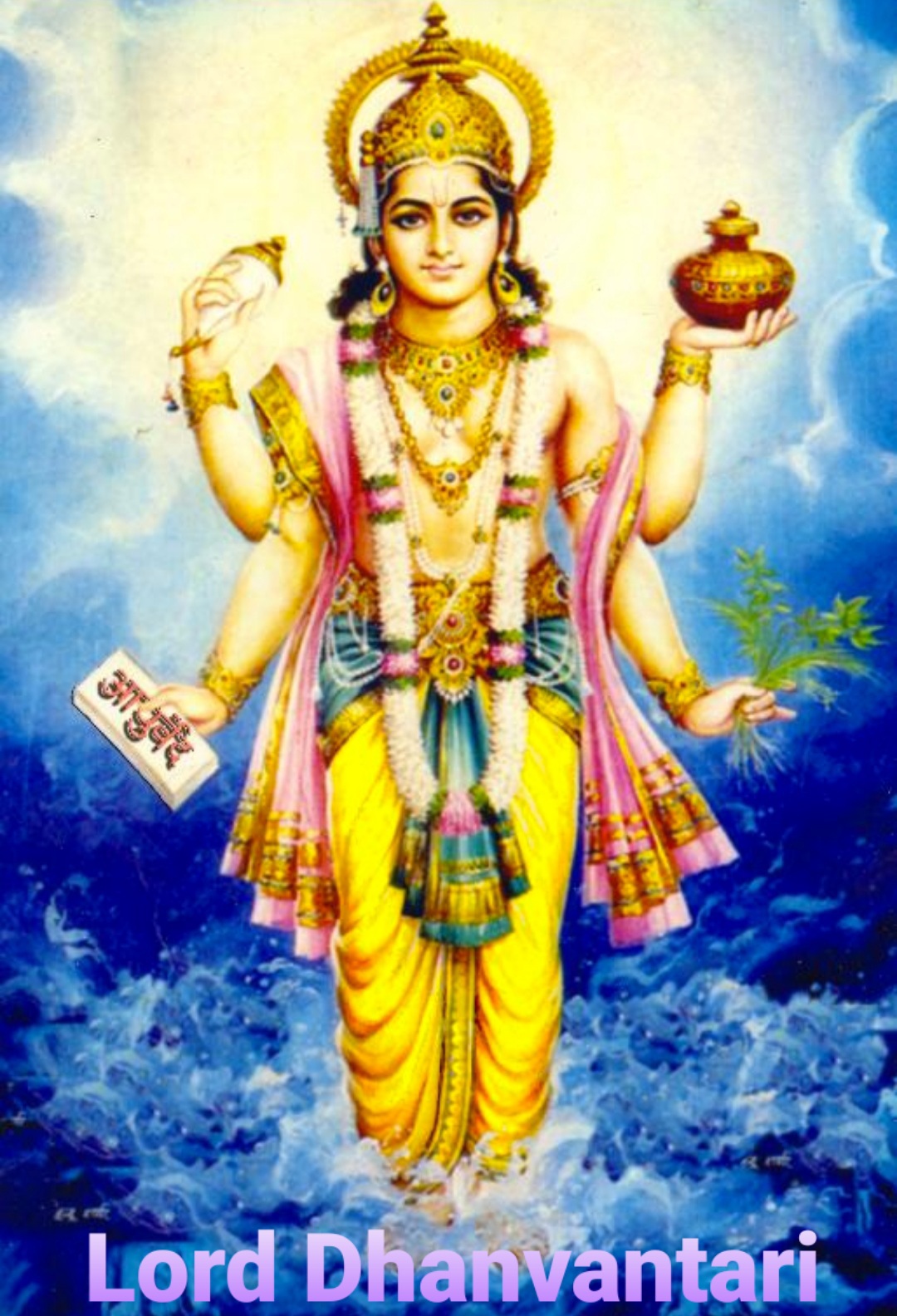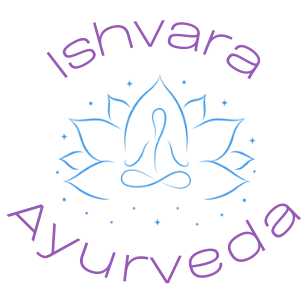
Fundamentals of Ayurveda
Ayurveda is a holistic system of medicine that originated in India over 5,000 years ago and remains one of the oldest practices still in use today. Rooted in ancient wisdom, Ayurveda emphasises prevention over treatment, focusing on maintaining balance to prevent illness, rather than merely addressing disease after it arises.
The word Ayurveda, derived from Saskrit, means “the science of life.” It is a body of wisdom that offers guidance on how to live our lives in ways that are health-promoting through diet, lifestyle choices like daily and seasonal routines (Dinacharya and Ritucharya), detoxification of built up ama (toxins) and restoring our agni (digestive fire), which we now understood as gut health.
Ayurveda understands the body, as in the whole universe, a combination of five elements of ether, air, fire, water and earth. These elements combine to create the doshas of vata, pitta and kapha, which are bio-energies that have no equivalent words in English.
These bio-energies govern different areas and functions within the body and our unique combination of the three doshas is what determines our individual constitution. This constitution influneces our physiology, likes and dislikes, tendencies and habits and mental and emotional character and our vulnerability toward imbalance and disease.
Vata is a combination of ether and air and governs movement and impulse within the body, for example, breathing, pulsation of the heart, nerve impulses, muscle movements. It is also connected to our creativity and connection. Out of balance we experience anxiety, insomnia, ADHD, inability to focus and in balance we feel creative and connected.
Pitta is a combination of fire and water and governs the digestion and transformation, for example, our appetite, digestion, absorption, assimilation, intelligence, so our food being digested and transformed into nutrients, as well as things we see and experience being digested and processed into knowledge and intelligence. Out of balance we experience irritability, anger inflammation, jealousy and competitiveness in excess. In balance we feel courageous and ambitious and passionate.
Kapha is a combination of water and earth and governs structure and cohesiveness within the body, so nourishment, growth, regeneration, lubrication, strength and stamina. Out of balance we feel heavy both carrying extra weight and a feeling of heaviness and inertia and overly attached. However, in balance we feel grounded, loving, comapssionate and caring.
In addition to the doshas, the understanding of opposing attributes is necessary to understand the approach of like increases like and opposites balance. For example, someone experiencing inflammation will benefit from cooling foods, drinks, remedies and lifestyle choices that counteract the heat and effectively put out the fire.
It is this understanding of our essential make-up and how we are in an ongoing relationship with nature and all that we are exposed to. Ayurveda provides us a guidebook on how to navigate and dance with life. This is why it is refereed to as both a science and an art.
